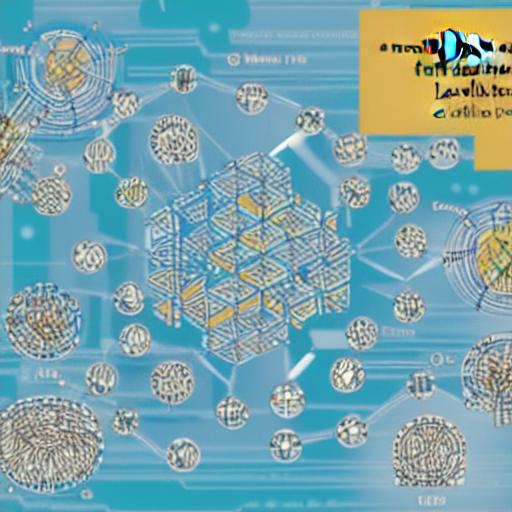An ecosystem of tools has been developed to support machine-learning-based design of metal-organic frameworks by a group of chemists and computer scientists from the Swiss Federal Institute of Technology Lausanne, the University of California, and Institut des Sciences et Ingenierie Chimiques, Ecole.
Kevin Maik Jablonka, Andrew Rosen, Aditi Krishnapriyan, and Berend Smit developed a system to support machine learning frameworks in their study. They did this by coding tools to transform data into machine learning inputs.
The study of designing and creating porous crystalline materials with specific predetermined architectures and qualities is known as reticular chemistry (building blocks). These substances, also referred to as metal-organic frameworks (MOFs), are used for medication administration, gas storage, separation, catalysis, and sensing.
However, time-consuming and expensive trial-and-error experiments are still a major part of the identification and optimization of novel MOFs. Several of the current team members developed a collection of tools called Mofdscribe and made it available to the public for use in 2022 in order to further the field of reticular chemistry.
Since then, several chemists have used Mofdscribe to aid in the creation of unique MOFs. However, the present team was aware that Mofdscribe had several shortcomings and set out to develop a more practical solution.
In order to achieve this, the researchers wrote code that made it possible to combine computational modelling, machine learning, data mining, and high-throughput screening. They also tackled the issue of test sets getting contaminated with data used to train machine learning algorithms. They state that one of their objectives was to provide dataset analysis tools that researchers do not presently require but will probably require in the future. They contend that this will make comparing performance variances amongst machine learning systems easier.
The end result was what the researchers refers to as a “ecosystem”—a location where chemists might go to develop fresh machine-learning strategies for making MOFs with desired features. They point out that it also enables the discovery of novel synthetic pathways and reaction circumstances.
The study team also points out that the new ecosystem will make it easier for researchers in the field of reticular chemistry to share and reuse data and information, which they feel will promote collaboration and creativity.








